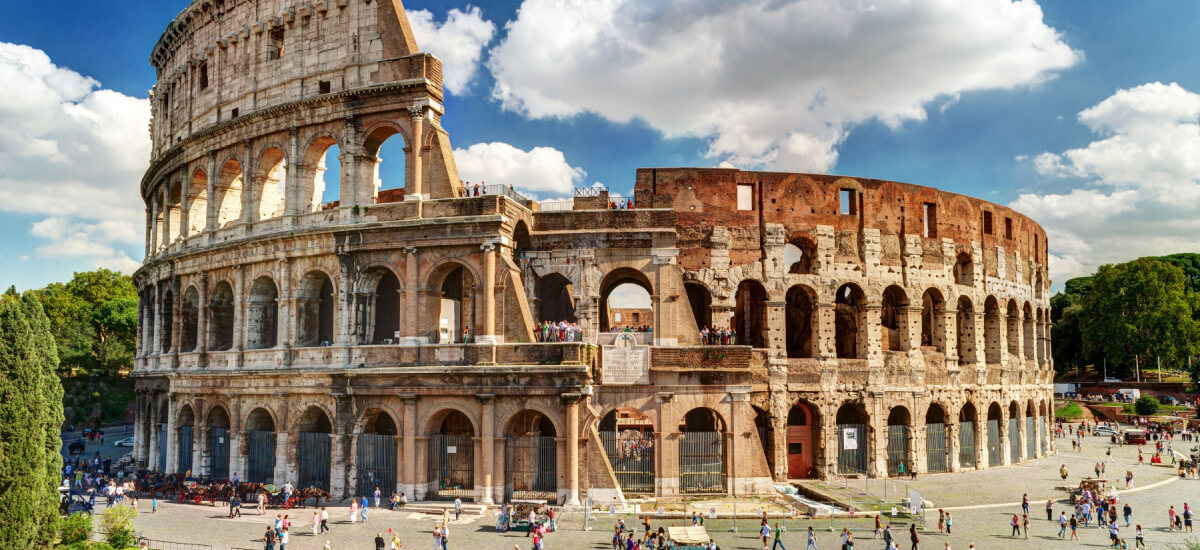Must-See Attractions Around the World
Attractions: When it comes to traveling, one of the most exciting aspects is visiting must see attractions. Whether you are a history buff, a nature enthusiast, or someone who enjoys vibrant city life, there is something for everyone. This blog post will highlight some of the world’s most captivating destinations and attractions that should be on every traveler’s bucket list.
1. The Great Wall of China
Overview
One of the most iconic structures in the world, the Great Wall of China stretches over 13,000 miles. This ancient fortification was built to protect against invasions and raids. The wall offers breathtaking views and a glimpse into China’s rich history.
Why Visit?
Walking along the Great Wall is a once-in-a-lifetime experience. You can choose various sections to visit, with Badaling being the most popular due to its accessibility. For those looking for a quieter experience, the Jinshanling and Simatai sections provide stunning scenery and fewer crowds.
Tips for Visiting
- Timing: Visit early in the morning or later in the afternoon to avoid peak tourist hours.
- Wear Comfortable Shoes: The terrain can be uneven, so sturdy footwear is essential.
- Bring Water and Snacks: Stay hydrated and energized, especially if you plan to hike for several hours.
2. The Colosseum, Rome
Overview
The Colosseum, also known as the Flavian Amphitheatre, is an ancient arena that once hosted gladiatorial contests and public spectacles. This UNESCO World Heritage Site is a symbol of Rome’s imperial power and architectural ingenuity.
Why Visit?
Visiting the Colosseum offers insight into ancient Roman life and the architectural marvels of the time. Guided tours often include access to the underground chambers where gladiators and animals were held before contests, providing a fascinating perspective on its history.
Tips for Visiting
- Buy Tickets in Advance: To avoid long lines, purchase your tickets online beforehand.
- Consider a Guided Tour: A knowledgeable guide can enrich your experience with stories and historical context.
- Visit at Night: The Colosseum is beautifully lit at night, offering a different experience from daytime visits.
3. The Eiffel Tower, Paris
Overview
The Eiffel Tower is one of the most recognizable structures globally and a symbol of romance and artistry. Standing at 1,083 feet, it was the tallest man-made structure in the world until 1930.
Why Visit?
The views from the top of the Eiffel Tower are breathtaking. On a clear day, visitors can see up to 42 miles away. The tower also houses restaurants and shops, allowing guests to enjoy a meal with a view.
Tips for Visiting
- Book Timed Tickets: Purchasing tickets in advance with a specific time slot can save you hours of waiting in line.
- Visit During Sunset: The views at sunset are particularly stunning, as the city is bathed in golden light.
- Take the Stairs: If you’re feeling adventurous, consider taking the stairs to the second level for a more immersive experience.
4. Machu Picchu, Peru
Overview
Machu Picchu is an ancient Incan city located in the Andes Mountains. Rediscovered in 1911, it is now one …




